Living History Timeline
HRSA Collaborates with other Federal Agencies to Improve HIV Health Outcomes and Accelerate the End of the Epidemic
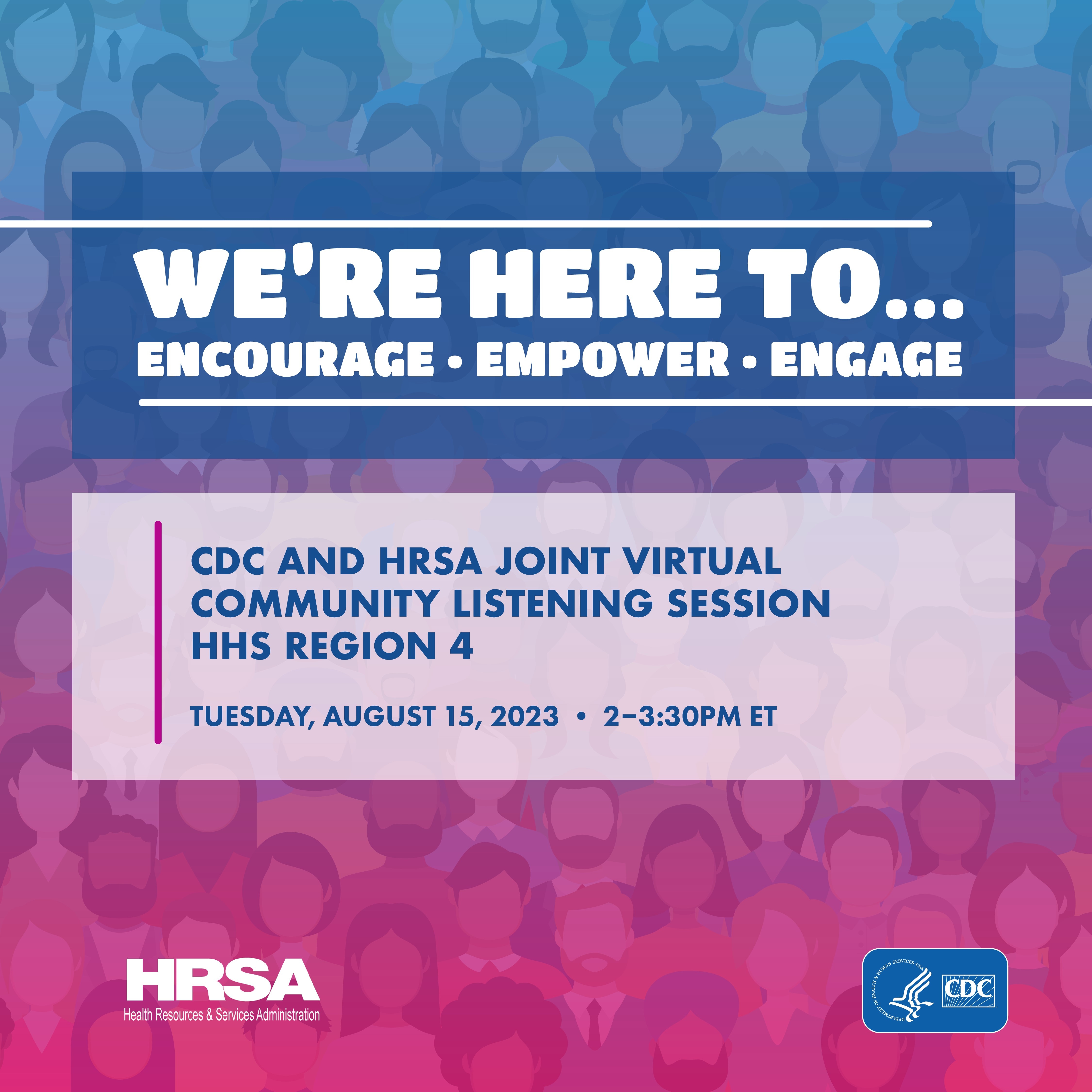
The Health Resources and Services Administration (HRSA) HIV/AIDS Bureau (HAB) and federal partners are working together on initiatives to improve HIV health outcomes and accelerate the end of the epidemic.
Read moreThe Ryan White HIV/AIDS Program Approach to Reducing Health Disparities through HIV Care and Treatment
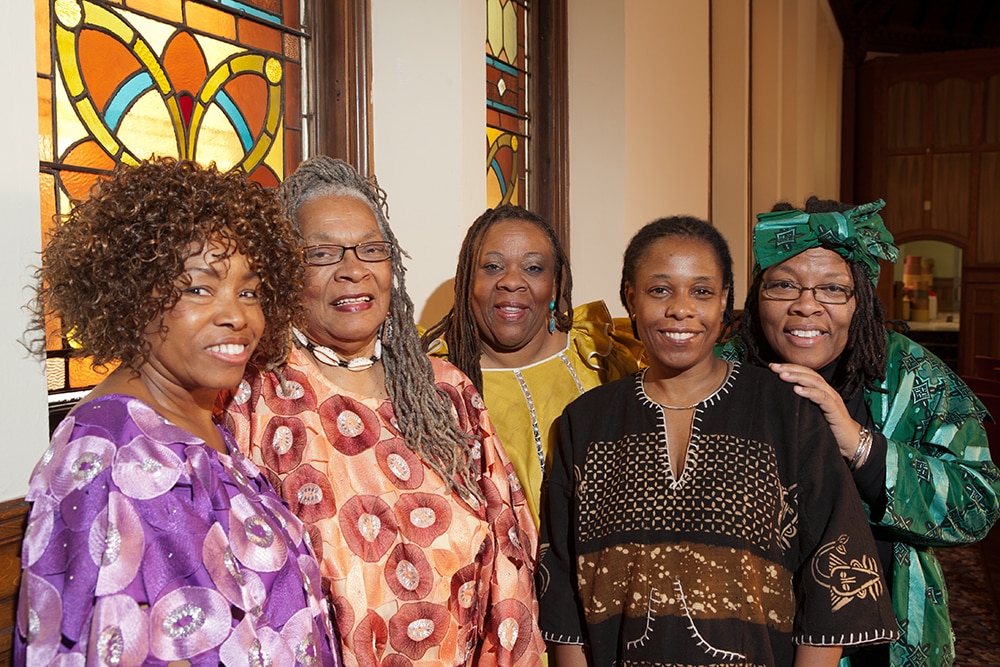
The Ryan White HIV/AIDS Program Approach to Reducing Health Disparities through HIV Care and Treatment toward ending the HIV epidemic in the United States.
Read moreImproving HIV Health Outcomes with Innovative Initiatives to Reduce Health Disparities and Address Stigma
Advancing health equity has long been a guiding principle of the Ryan White HIV/AIDS Program (RWHAP).
Read moreThe Time is Now: Ending the HIV Epidemic in the U.S.
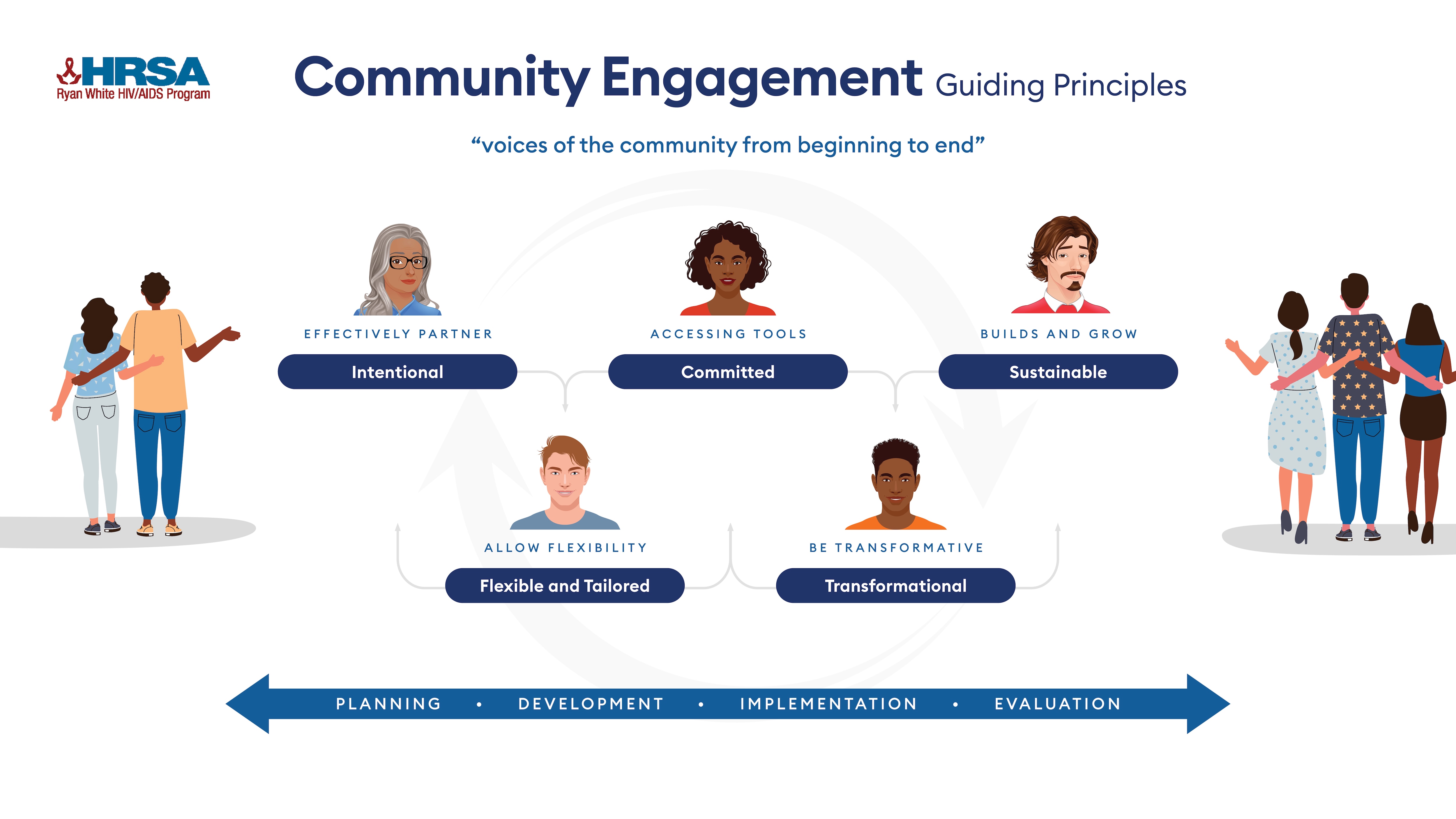
For more than three decades, the Ryan White HIV/AIDS Program (RWHAP) has provided a comprehensive system of HIV medical care, medication, and essential support services to more than half a million people with HIV in the United States, which improves health outcomes and reduces HIV transmission.
Read moreHRSA Responds to the COVID-19 Pandemic While Celebrating 30 Years of RWHAP

COVID 19 public health emergency presented an immense challenge to delivering HIV care and services to people with HIV.
Read moreHRSA Plays a Leading Role in Ending the HIV Epidemic
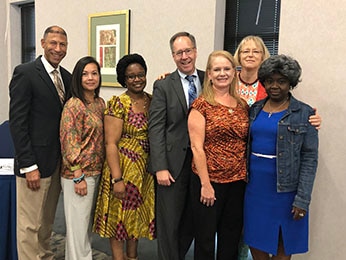
The Health Resources and Services Administration (HRSA) is one of five federal agencies within the U.S. Department of Health & Human Services leading a new nationwide initiative to end the HIV epidemic by 2030
Read moreData and Innovation to End the HIV Epidemic
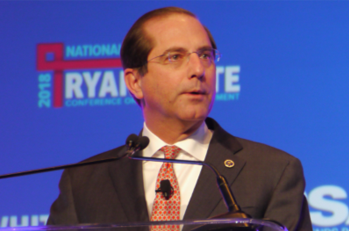
Approximately 4,000 HIV healthcare providers, HRSA’s Ryan White HIV/AIDS Program recipients and subrecipients, partners, people living with HIV (PLWH), other stakeholders, and members of the general public gathered for the 2018 National Ryan White Conference on HIV Care & Treatment.
Read moreHIV and Hepatitis C Coinfection
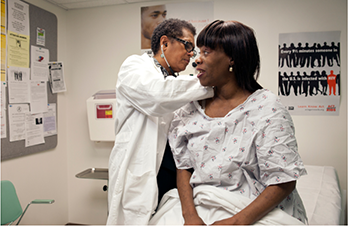
Approximately one in five people living with HIV (PLWH) is coinfected with the hepatitis C virus (HCV), and hepatitis C-related liver disease has become one of the leading causes of non-AIDS-related death among PLWH.
Read moreHRSA’s Efforts to Achieve the Goals of the National HIV/AIDS Strategy

The National HIV/AIDS Strategy (the Strategy) is a 5-year plan to reduce new HIV infections, improve health outcomes, reduce disparities, and achieve a more coordinated national response to the HIV epidemic.
Read moreOptimizing Health Outcomes
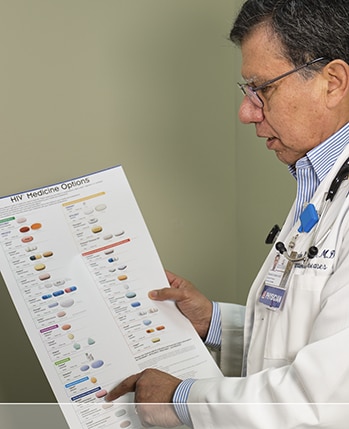
Today over 1.2 million people in the United States are living with HIV - one in eight people living with HIV don't know it.
Read moreCelebrating 25 Years of Passion, Purpose, and Excellence

The Ryan White Comprehensive AIDS Resources Emergency (CARE) Act, the legislation that created the Ryan White HIV/AIDS Program (RWHAP), celebrates 25 years of providing comprehensive care for people living with HIV (PLWH) in 2015.
Read moreHIV Care Continuum One Step Closer to an AIDS-free Generation
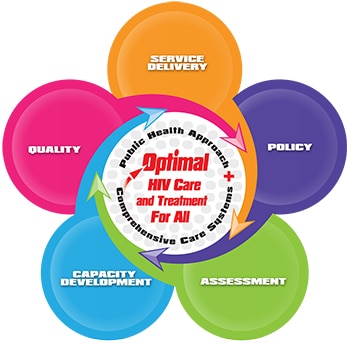
The continuum of engagement in care (later changed to the HIV Care Continuum) was a phrase used by Dr. Laura Cheever, HRSA’s Associate Administrator for the HIV/AIDS Bureau, in her seminal 2007 editorial to describe the fluid nature of HIV health care delivery and patient experience.
Read moreHigh-Impact Prevention

Current prevention strategies are drastically reducing the number of annual HIV infections.
Read moreCare is Prevention

The future has never looked brighter for people living with HIV/AIDS (PLWHA) in the United States.
Read more30 Years of AIDS: Honoring the Past, Looking Toward the Future
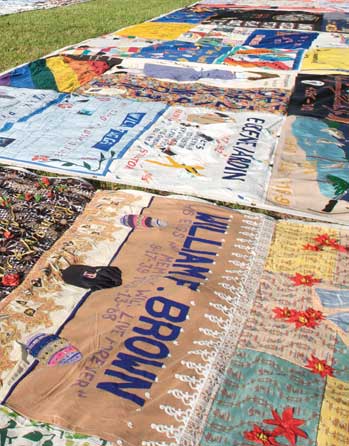
June 5, 2011, marked the passing of 30 years since AIDS was first recognized as a public health concern in a 1981 article published in a Morbidity and Mortality Weekly Report about a handful of gay men in several large cities who contracted rare infections.
Read moreThe Road Ahead

With no AIDS vaccine and no cure, the road ahead is familiar. We must continue our assault on barriers to care.
Read more20 Years and a Legacy of Care

Twenty years ago, the Ryan White Comprehensive AIDS Resources Emergency (CARE) Act was passed into law.
Read moreImproving Performance Data

The Ryan White HIV/AIDS Treatment Extension Act of 2009 contains implicit guidance to the HIV/AIDS Bureau (HAB) to collect client-level, or name-based, data. Grantees and service providers now complete the Ryan White HIV/AIDS Program Services Report (RSR) detailing information on all the clients served during a calendar year.
Read moreContinuing Work on Re-entry Programs
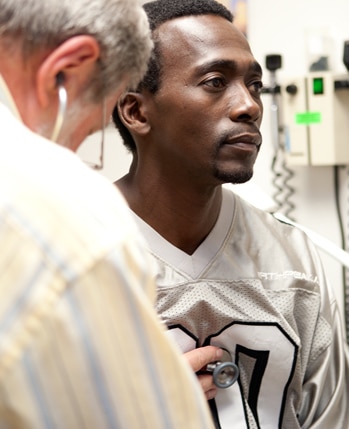
The rate of incarceration among people living with HIV disease has long been alarming: 1 in 4 people with HIV have been in a correctional setting at some point in their lives.
Read moreThe CARE Act Makeover

The Ryan White CARE Act was renamed the Ryan White HIV/AIDS Treatment Modernization Act of 2006 on December 19, 2006.
Read moreNew Approaches
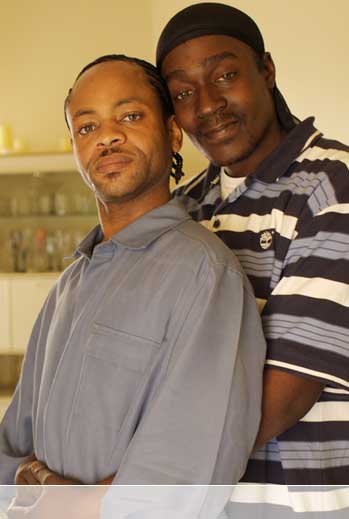
The world observed the 25th anniversary of the AIDS epidemic in June 2006.
Read moreNew Treatment for Addiction

HIV/AIDS poses serious challenges both to people living with the disease and to their care providers.
Read moreHRSA Addresses Severity of Need

In the 2000 reauthorization of the Ryan White HIV/AIDS Program, Congress asked the Institute of Medicine (IOM) to report on...
Read moreGlobal HIV/AIDS Program Begins
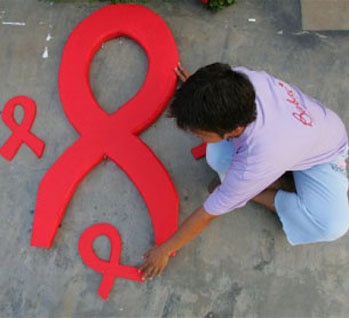
In 2003, HRSA’s HIV/AIDS Bureau took a major step to broaden its mission by establishing a Global AIDS Program.
Read moreCARE Act Expertise Goes Global

In 2002 HRSA and the Centers for Disease Control and Prevention (CDC) established the International Training and Education Center on HIV, known as I-TECH.
Read moreHRSA Publishes Treatment Guide for Women
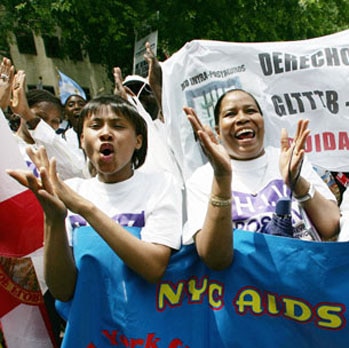
<em>A Guide to the Clinical Care of Women With HIV/AIDS</em>, published by HRSA in 2001, is now the primary textbook on the treatment of women with HIV the world over.
Read moreA New Millennium

By 2001, HRSA had been providing HIV/AIDS services for more than 15 years.
Read moreReauthorization Focuses on People Not in Care

On July 25, 2000, the CARE Act was reauthorized with many new provisions aimed at enhancing health outcomes and reaching the hundreds of thousands of PLWHA not receiving appropriate services.
Read moreMinority AIDS Initiative is Launched
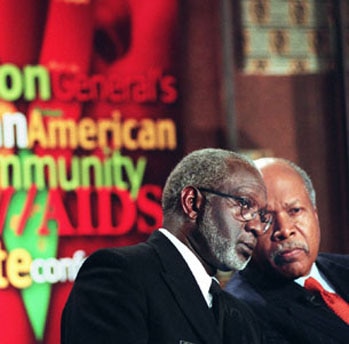
By 1999, African-Americans made up only 13 percent of the U.S. population but accounted for 43 percent of all new AIDS cases.
Read moreAdministration Addresses Epidemic in Minorities

Minority Leaders Work to Address AIDS. In the mid-1990s, the prevalence of AIDS rose to alarming levels in some minority communities.
Read morePrograms Unite Under One Umbrella

Many advocates and people living with HIV/AIDS (PLWHA) who pressed so tirelessly for Federal action in the first decade of the AIDS epidemic did not live long enough to see the second.
Read moreCARE Act Is Reauthorized for a 5-Year Period
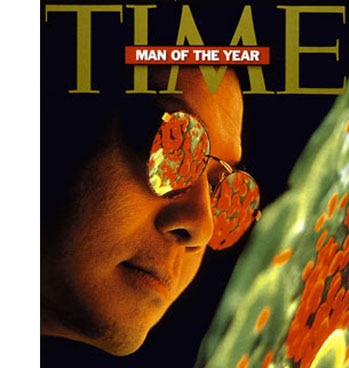
In 1996, in a major victory for the HIV/AIDS community, the Ryan White CARE Act was reauthorized through the year 2000.
Read moreAdapting to Change
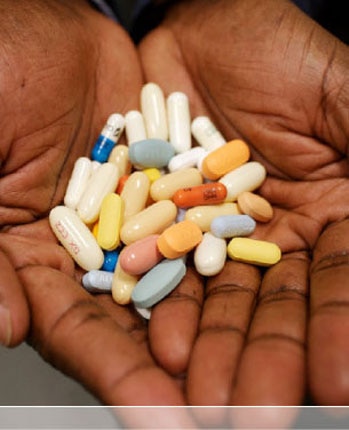
In December 1995, encouraging clinical trial results moved the FDA to quickly approve a new drug to be used in combination with others.
Read moreThe Age of Combination Therapy Arrives

In a development that would forever change the HIV/AIDS treatment landscape, the FDA approved an open label study of saquinavir in June 1995.
Read moreAZT Is Found to Protect Newborns From HIV

HRSA Launches Massive Effort to Disseminate Findings. Findings from the AIDS Clinical Trial Group (ACTG) 076 demonstrated that with a particular regimen of AZT (zidovudine), the incidence of perinatal HIV transmission plummeted from 22.6 to 7.6 percent.
Read moreLargest Epicenters Now Number 25
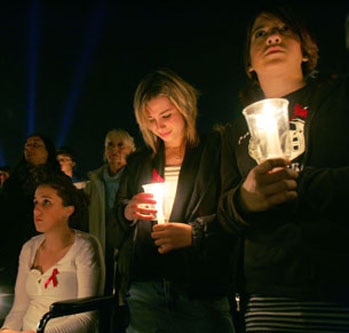
With AIDS incidence and mortality skyrocketing, seven more metropolitan regions became eligible for Title I (Part A) funding as Eligible Metropolitan Areas (EMAs), bringing the total number of EMAs to 25.
Read moreTraining Creates Access to Expert Care

In the 6 years following the launch of its first AIDS program, one of HRSA’s top priorities was to take HIV/AIDS service delivery knowledge back into the community.
Read moreHRSA Awards First CARE Act Grants

With ink barely dry on the new Ryan White CARE Act, HRSA distributed its first grants in April 1991.
Read moreThe Early Years

The Comprehensive AIDS Resources Emergency (CARE) Act of 1990 brought hope in an environment of loss.
Read moreCARE Act Is Adopted, Named for Indiana Teen

On August 18, 1990, by wide bipartisan margins, both houses of Congress passed the groundbreaking Ryan White Comprehensive AIDS Resources Emergency (CARE) Act, named for an Indiana teen who lost his life to AIDS. By the time the bill became law, more than 150,000 U.S. AIDS cases had been reported in the United States. More than 100,000 had died.*
Read moreHRSA Funds Move Outside Epicenters

In fiscal year 1989, HRSA appropriated a total of $3.9 million in Low Prevalence Planning Grants to 22 grantees.
Read morePediatric AIDS Grants Begins

Funding Set at $5 Million for First Year. In the first years of HIV/AIDS, some believed that perinatal transmission was not a risk factor for HIV. In his blockbuster book, And the Band Played On, Randy Shilts documents a meeting in which a clinician reporting HIV infection among his infant patients was regarded with suspicion.
Read moreAZT Reimbursement Program Launches

On March 20, 1987, the HIV/AIDS community received news that a powerful breakthrough in HIV treatment had been achieved.
Read moreHRSA Debuts First AIDS Program
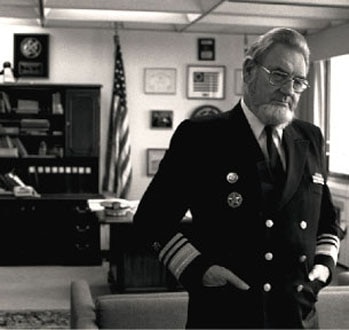
The AIDS Service Demonstration Grants marked HRSA’s first AIDS-specific health initiative.
Read moreToward Passage

On the morning of May 16, 1990, as the Senate prepared to debate, the Senate Chaplain Reverend Richard C. Halverson, D.D. noted in his morning prayer that "rarely will the Senate be called upon to deal with an issue more complicated by prejudice, fear, and emotion, nor more presently or potentially destructive, than the issue of AIDS."
Read more Health Resources & Services Administration
Health Resources & Services Administration


